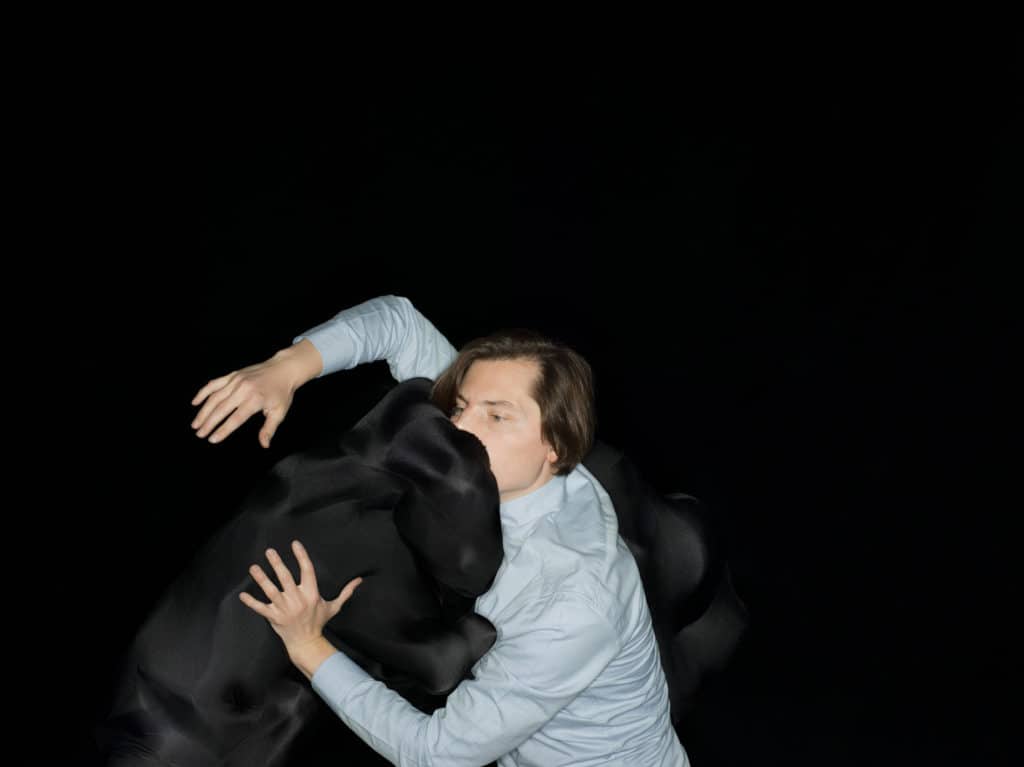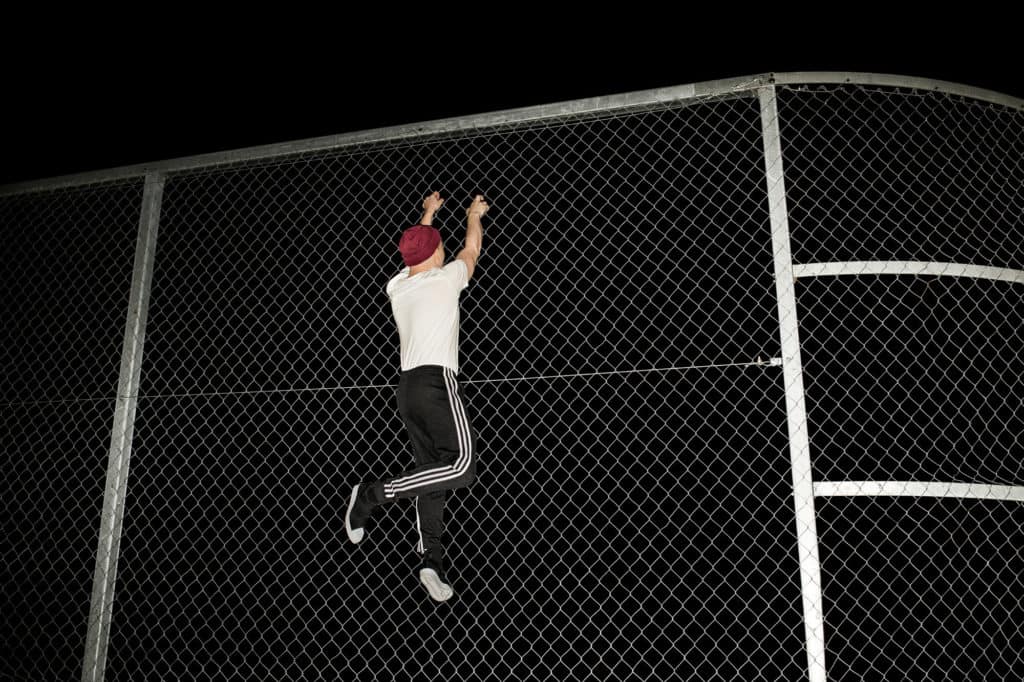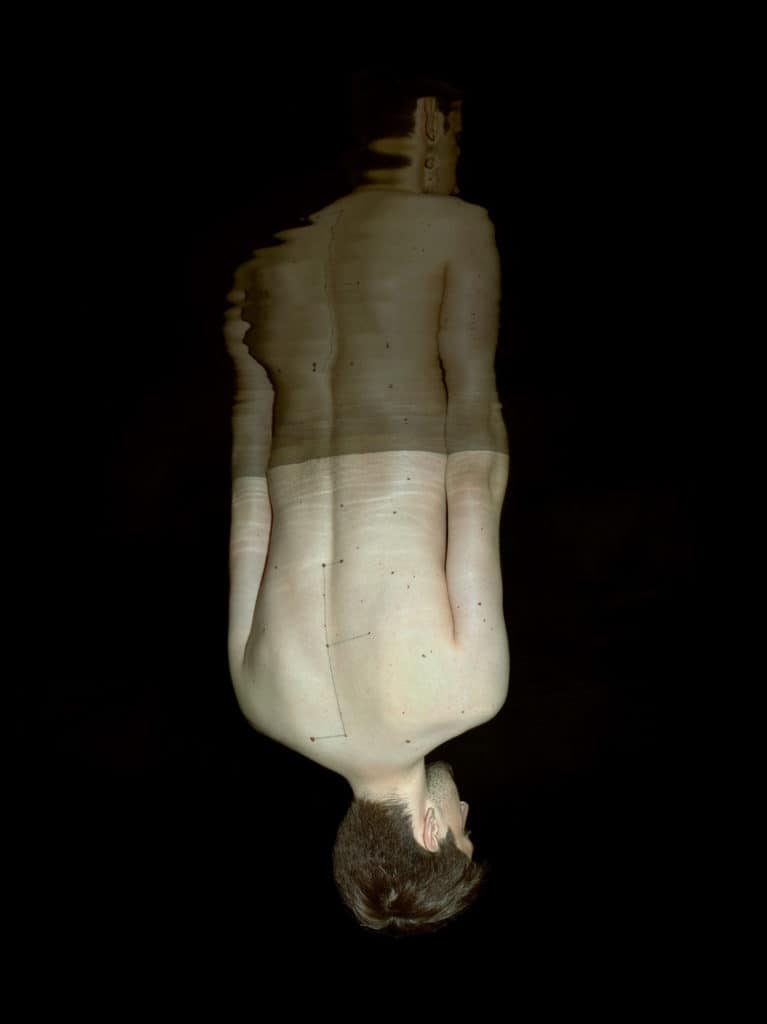Photography continues to undergo fast-paced changes; technology develops, new trends emerge, our perception of photographic image changes as well as its status as a medium and information carrier. All these factors have been contributing to the emerging phenomenon of a “redefinition” of photography, not just as academic sophism, but noticeable in practice by professional photographers. While the commercial photography market is doing well, it faces a crucial dilemma in relation to the democratisation of the photographic medium.
Paweł Fabjański is currently one of the most sought-after, successful commercial photographers in Poland. His advertising, as well as artistic photography, have already gained wide recognition. On the one hand, Fabjański designs ad campaigns for top brands, on the other he presents his works in art galleries. According to Fabjański’s point of view, the status of the post-contemporary advertising photography may be assessed primarily in accordance with the changing policy of commercial aesthetics.
Along with a product, you sell a brand’s image. The role of marketing is to create the image of the company as a person’s close, and therefore trustworthy, ally. Contemporary ad campaign stands for your best buddy who casually offers you some good and honest advice. Photographs must reflect that idea, feel personal and familiar, even better resemble an amateurish snapshot.
The origin of the language of an amateurish snapshot or the vernacular of postmodern photography can be traced back to its very roots, George Eastman’s invention of the first Kodak camera launched on the market in 1888. The new invention immediately enlarged the elite group of photography-users with a multitude of amateurs and gave a start to vernacular photography. However, the common mechanism and stylistic of today’s snapshot have been shaped relatively recently by social media platforms, such as Instagram and Facebook.
It is the visual language of Facebook and Instagram, which permeates every viewer’s daily life, that gains aesthetic ground in advertising photography. Since this particular jargon feels natural and personal to us, any image constructed on the same basis would invoke the friendliness of some easy-going acquaintance you can trust. Whereas, the aesthetic itself could be described easily as “sloppy.” Usually, we associate those photographs with authenticity, but their style is pretty straightforward as far as composition and technique are concerned. And thus, the blatant sloppiness in advertising stems from the fact that any commercial photograph must hold the mirror to reality. Its unwarranted detachment alienates the audience.
In his art practice, Fabjański combines advertising with artistic photography. Both fields are heavily influenced by the so-called snapshot aesthetic. Strong and focused flash exposure, seemingly random composition and portrayal of also seemingly random fragments of reality: these popular stylistic attributes dominate on various festivals of photography. Art has a natural tendency to draw on the everyday and visual reality outside its boundaries and commerce follows that scheme. However, in that particular situation, it may be seen as a problem. Especially regarding the work ethics and technique that, in that very case, may be easily neglected. The notion that everyone can take pictures is the very fundamental idea of photography as a democratic medium. Now, in the context of commercial depiction, that concept turns out to be a paradox. If the commercial photography that used to be synonymous with professionalism is expected to manifest itself with the randomness of the Instagram snapshot, how should we define its authority?
Instagram was launched in 2012, and I had just debuted in advertising. At that time, your position as a photographer was determined by craft. I managed to make a name for myself while cherishing values that are discredited right now. So, a few jobs fell through due to my well-known technical proficiency. In the face of exponentially growing demand for amateur photographers, people are questioning my ability to emulate the amateurish aesthetic, although my set of skills allows me to imitate any style.
While in the art world the authorship happens to almost designate the artwork, commerce preserves anonymity. History of photography introduces a group of prominent authors of commercial images, such as Avedon, Newton, Meisel, Testino, Leibovitz, Penn, Weber, and Lindbergh. Their work was transferred from the sphere of commerce to art institutions: galleries, collections and museums. This “transfer” guarantees recognition of the commercial work as art and its preservation. However, the commercial world does not reward authorship. It is barely possible to find out who is the author of a particular campaign, especially when the vernacular aesthetics, inherently anonymous, dominates.
While the post-contemporary omnipresence and mass-production of images prove to be a problem for all visual artists, for the commercial photographers it beholds twofold nature. On the one hand, the abundance of imagery ensures the demand for diversity of aesthetics. On the other hand, the quantity substitutes the quality as advertisements increasingly appear online. Virtual commercials may be created with far less demanding means than the methods that serve to create printed forms such as zins and posters.
It seems that photography slowly loses its authority as the core of a brand’s image. The “crisis” does not affect the commercial market regarding declining prices or decreasing demand for photographic services. The problem is far more complex.
The quality is being superseded by quantity. Apart from that, the necessity of merging into the “crowd” of amateurish images increases. Commercial photographs have to look amateurish in order to address our subconsciousness like a voice of our “friends”, the people whom we trust and who we would ask for advice. The repercussions of these mechanisms are nothing else but decreasing respect for the photographic medium.













